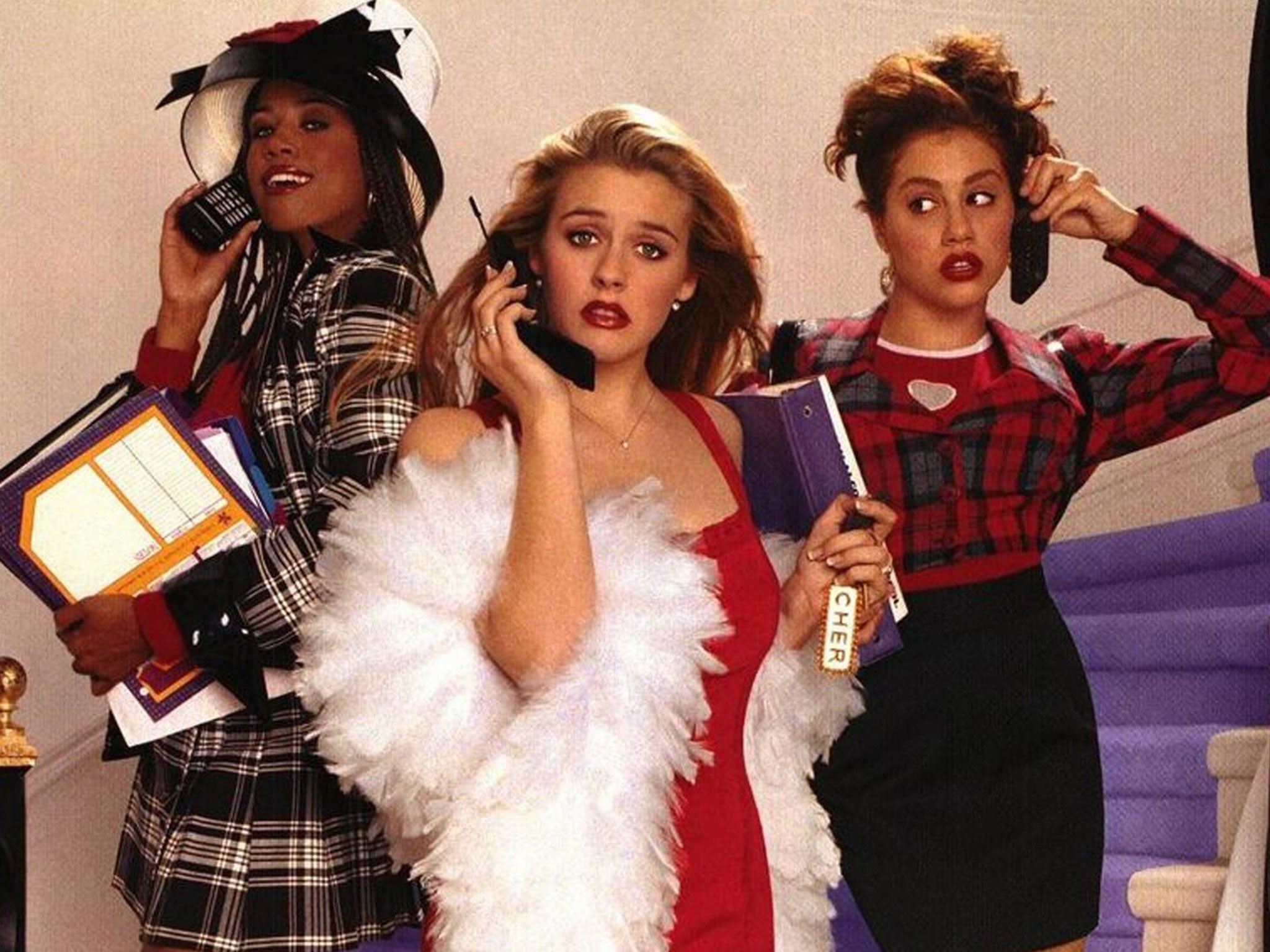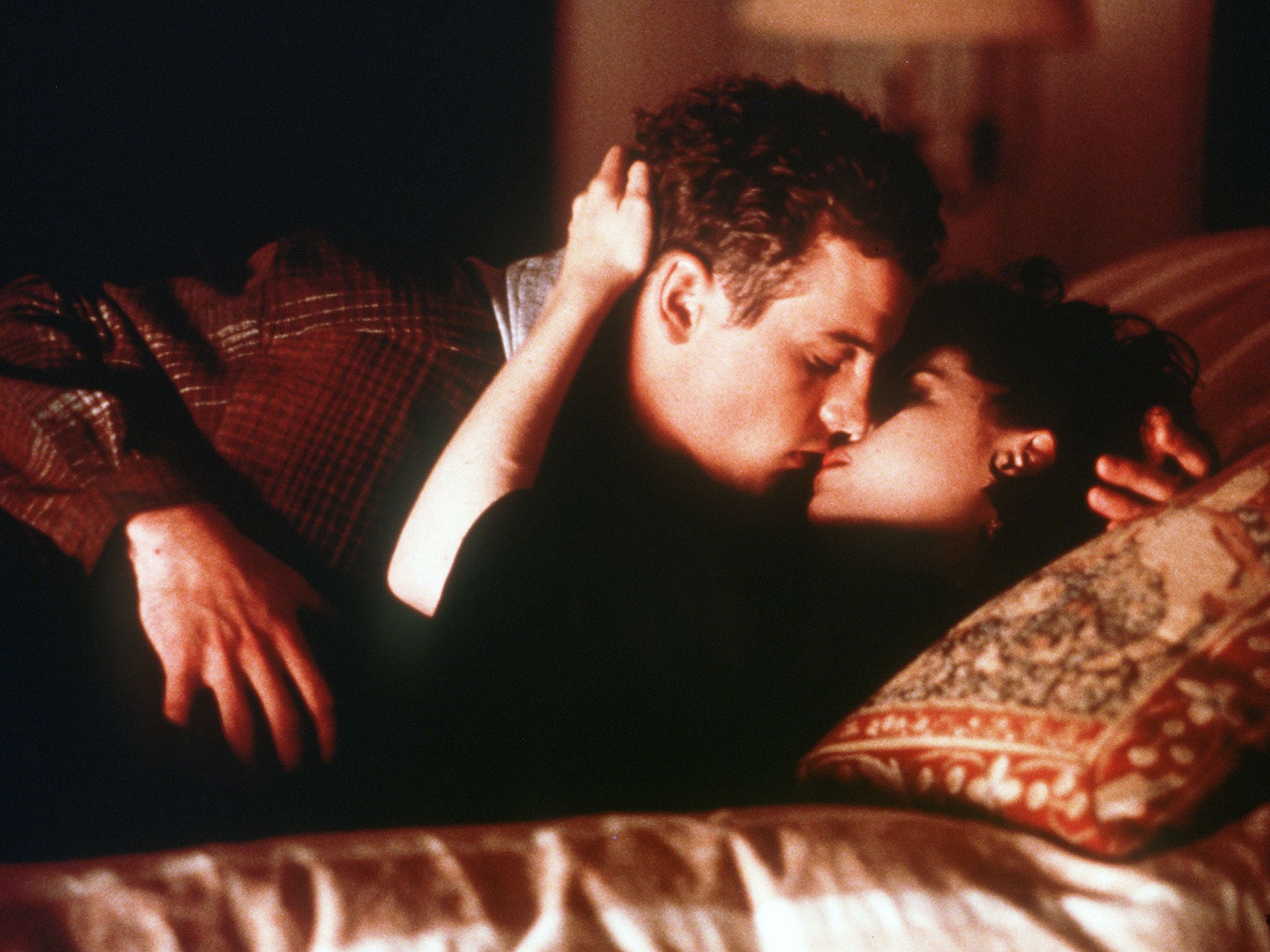Beyond Clueless: Revisiting the films that dominated our adolescence
Director watched 300 teen films to create 'Beyond Clueless', released this month

Your support helps us to tell the story
From reproductive rights to climate change to Big Tech, The Independent is on the ground when the story is developing. Whether it's investigating the financials of Elon Musk's pro-Trump PAC or producing our latest documentary, 'The A Word', which shines a light on the American women fighting for reproductive rights, we know how important it is to parse out the facts from the messaging.
At such a critical moment in US history, we need reporters on the ground. Your donation allows us to keep sending journalists to speak to both sides of the story.
The Independent is trusted by Americans across the entire political spectrum. And unlike many other quality news outlets, we choose not to lock Americans out of our reporting and analysis with paywalls. We believe quality journalism should be available to everyone, paid for by those who can afford it.
Your support makes all the difference.At their best, teen movies aren’t suitable for adults. Take Project X. Adolescent audiences flocked to the raucous party movie on its release in 2012, then threw “Project X parties” in their parents’ suburban semis, while middle-aged critics fell over one another to decry the film and its influence. Compare that with The Way Way Back, an old-fashioned coming-of-age dramedy released around the same time that failed to connect with any actual teenagers, but saw critics throwing up their arms and proclaiming the genre’s rebirth.
It’s no great surprise that older audiences took a shine to the latter film. With its soft-spoken protagonist and John Hughes references galore, it was a signal that teen cinema might abandon its anarchic new brand of hedonistic thrill-seeking and return to the halcyon days of Pretty in Pink and The Breakfast Club. In other words, it confirmed what the critics had suspected all along: teen movies really were better in their day.
Chances are you also think the teen movies of your youth were superior to those of any other era, regardless of whether you grew up on Freddie Prinze Jr, Molly Ringwald or James Dean. And is it any wonder? Those are the films that caught you at your most impressionable, swooping in to soothe your aching teenage soul with a set of characters and scenarios that seemed – uncannily – to reflect your own totally unique adolescent experience back at you. You’d probably feel the same way about Project X if you were born in 1998. Luckily, there is one surefire way to shake the feeling that the teen movies you grew up on are infallible: rewatch them.
That’s what I’ve spent the best part of two years doing, and the fruit of my labour is in cinemas across the UK this month. My new film, Beyond Clueless, plumbs the psychic depths of my own personal generation of teen movies: those made in the late 1990s and early 2000s. To make the film, I revisited some 300 films – from fully canonised classics such as Cruel Intentions to mostly forgotten oddities such as Idle Hands – in a veritable deep analysis of my adolescent pop-cultural palette. Along the way, I was forced to reassess my rose-tinted view of the movies that helped shape my teen years, and reconsider the lessons I (knowingly or otherwise) learned from them.
The first thing that struck me as I reintroduced my jaded eyes to Empire Records, Cherry Falls, The Craft and so many other former favourites, was a vast and overpowering wave of nostalgia. No film will ever mean as much to you as the one that helped you through puberty, its emotional ups and downs magnified exponentially by the sheer disorientation you felt when first watching it. Case in point: I’ll always reserve a special place in my heart for the 2004 teen-sex comedy EuroTrip, partly because it’s an unexpectedly brilliant satire of American exceptionalism, but mainly because the sight of Michelle Trachtenberg bending over in tight jeans took on an almost mythic significance when I first saw the film.

The intervening years have rendered these feelings no less powerful than they were a decade ago. Only now, they’re accompanied by the sneaking suspicion that an altogether less savoury side of my personality is immortalised in these films. Just as old episodes of The Simpsons take on new meaning now that I better understand the references to Citizen Kane and Dr. Strangelove, so too do the teen movies of my youth take on new meaning now that I better understand myself.
Last year I saw the raunchy teen comedy The Girl Next Door for the first time in a decade, on the same DVD I eagerly snapped up from a Virgin Megastore bargain bin in 2004. For those who haven’t seen the film, it tells the story of Matthew Kidman (Emile Hirsch), a teenage loner with a baldly symbolic surname, who teeters perilously on the brink of adulthood. Despite his nervous disposition and crippling fear of the opposite sex, Matthew sparks the interest of a young porn star named Danielle (Elisha Cuthbert), who proceeds to coax him out of his shell and into a world of boundless sexual opportunity. Amazingly enough, the film proved a hit with teenage boys.
Viewed with a decade’s worth of hindsight, the ugliness of The Girl Next Door is palpable. Not only is the film an absurd exercise in wish-fulfillment, but it can’t bring itself to follow that wish through to its natural conclusion. Danielle’s carnal adventurousness is slowly tamed by Matthew’s safe, stern and sexually conservative outlook on the world. The message is clear: fear not, adolescent males, you can have a porn star for a girlfriend and still have dominion over her sexuality!
Strangely, though, my emotional attachment to The Girl Next Door is largely undiminished by this disheartening realisation. Whatever the film means to me now can’t change what it meant to me as a sexually anxious 14-year-old, so I’m left with the confusing sensation of being drawn towards the image of Elisha Cuthbert in a tank top and, at the same time, repelled away from it. This ambivalence is at the heart of Beyond Clueless, and it might just be the key to understanding teen cinema itself. Only by embracing the genre in all its contradictions can you start to approach its essence.
If the best teen movies aren’t suitable for adults, it’s because they appeal to an audience with fewer filters in place. Free from the scrutiny of grown-up eyes, teen movies can stray into territory that most films would balk at. They’re reckless, and cocksure, appealing to the best and worst aspects of the adolescent psyche, which is precisely why they’re lost on anybody old enough to buy their own alcohol. As adults, we can only look back with a mix of nostalgia and embarrassment at our own adolescent favourites, like photos of our teenage selves at 24 frames a second.
‘Beyond Clueless’ is touring cinemas from 13 January and goes on general release on 23 January (www.beyondclueless.co.uk)
Join our commenting forum
Join thought-provoking conversations, follow other Independent readers and see their replies
Comments